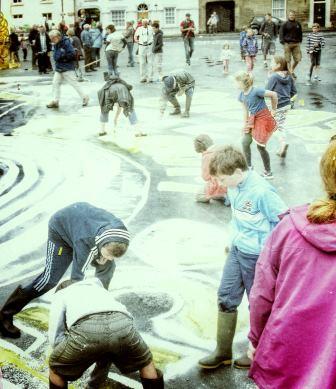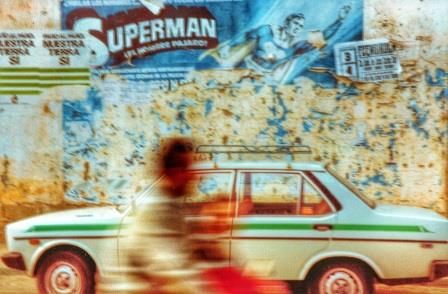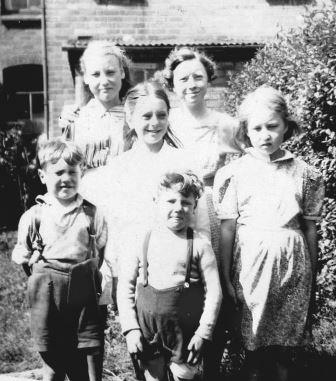
Children . . .‘All Actions concerning you will take full account of your best
interests. The state will provide you with adequate care, when parents or
others charged with that responsibility fail to do so’ (UNCRC. Article 3 )
The figures below identify a startling set of
facts.
Looked after children have a
conception rate of 5.8% in the 14 – 17 age group,
Looked after children and care
leavers were significantly more likely to become pregnant and continue the
pregnancy.
20% and 50% of looked after
children and care leavers aged 16 – 19 become parents, compared with 5% of
non-looked after children .
33% of all children in
Prison (England and Wales) were looked after children
Transpose these figures onto any family, living anywhere in the UK, underage pregnancies, children committing crime, I think there's an expectancy for the Local Authority to step in, provide support or as a final step removing the
children - due to 'poor parenting'. But, what do we do when the parent is the
local authority?
Placing children into care, appears to be a solution adopted by the UK Government, However it does not give a right to prevent these children reaching
their optimum.
How good are we, at keeping a children safe, even when those children are in the care of the State, these figures suggest that we are not good at all .
Alternatives other than taking a child into care
is it then, we continue to allow children to
become the wards of guardians who, based on these figures are not fit for
purpose.
Better education within
schools. with parenting/childcare classes
Access to advice and helplines
for parents who are ‘struggling’
Research based parenting A,B,C
programmes on TV - funded by the Government or advertisers
Promotion of parenting
thorough funded workshops
Qualified and experienced
workers who can intervene and provide support to families rather than remove
the child
A drive toward therapeutic
interventions for children and parents (Pedagogues)
Ethos – ‘The State will not
remove your children; so long as you allow us to help you no matter how long
this might take’.
Courses/ Higher education for
Pedagogues within the UK
It is time to rethink what 'care' and secure estate system actually means; beginning with a long overdue
overhaul of privatised homes for ‘looked after children’, which are driven by one thing – profit.
As a parent you are driven by love, commitment and a desire that your children
are safe and kept from harm. This is why the current system will never work,
only by treating these children as you would you own, can we provide the best
childhoods for them, allowing each child a fair opportunity to reach adulthood
with good life skills to benefit society.
References:
Clifton, J. (2013) Principal Policy
Advisor to The Children’s Commissioner for England. Open letter to
Placement Team - Department of Education Level 1 Sanctuary Buildings
Great Smith Street, London 2013 https://www.childrenscommissioner.gov.uk/sites/default/files/publications/children_looked_after_following_remand.pdf
(accessed on line March 2016)
Curran, D., Kilpatrick, R., Young, V. and
Wilson, D. (1995) ‘Longitudinal aspects of reconviction: secure and open
intervention with juvenile offenders in Northern Ireland’, The Howard
Journal of Criminal Justice, 34(2) pp. 97–123. Cited in The Howard League
for Penal reform, Commission on Sex in Prison (Briefing paper 4) Healthy sexual
development of children in Prison (2015)
Lader, D., Singleton, N. and Meltzer, H. (2000) Psychiatric
Morbidity among Young Offenders in England and Wales. London: Office for
National Statistics. Cited in The Howard League for Penal reform, Commission on
Sex in Prison (Briefing paper 4) Healthy sexual development of children in
Prison (2015)
Mezey, G., Robinson, F.,
Gillard, S., Mantovani, N., Meyer, D., White, S., Bonnell, C. (2015) ‘Tackling
the problem of teenage pregnancy in looked-after children: a peer mentoring
approach’, Child & Family Social Work
[Online]. Available at http://onlinelibrary.wiley.com.libezproxy.open.ac.uk/doi/10.1111/cfs.12225/epdf
(Accessed 14 March 2016).
The Howard League for Penal reform, Commission
on Sex in Prison (Briefing paper 4) Healthy sexual development of children in
Prison (2015) https://d19ylpo4aovc7m.cloudfront.net/fileadmin/howard_league/user/online_publications/healthy_sexual_development_web1.pdf
(accessed on March 2016)
Youth Justice Board and Ministry of Justice
(2014) Youth Justice Statistics 2012/13 England and Wales Statistics Bulletin.
Cited in The Howard League for Penal reform, Commission on Sex in Prison
(Briefing paper 4) Healthy sexual development of children in Prison (2015)
https://www.childrenscommissioner.gov.uk/sites/default/files/publications/children_looked_after_following_remand.pdf
(accessed on line March 2016)
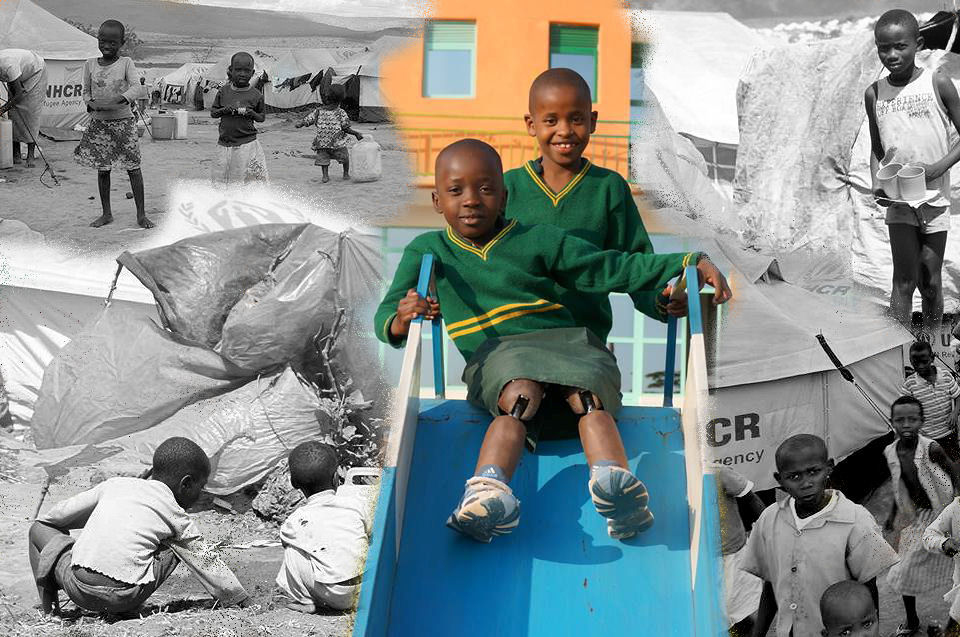
 accident.
accident. 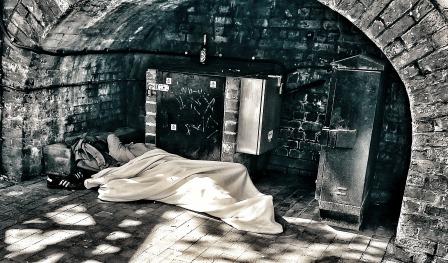
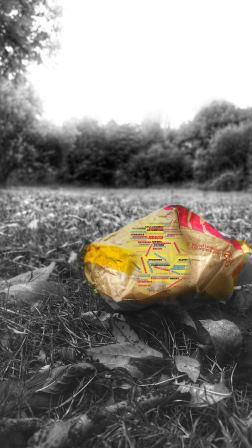
 In World War One the life expectancy of a British pilot was barely 16 hours. It was known as the 'Suicide Club'
In World War One the life expectancy of a British pilot was barely 16 hours. It was known as the 'Suicide Club'
 After 6 weeks of study I feel a bit like Keanu Reeves in that impossible dystopian learning environment where he emerges uttering the words " I know Kung Fu " - unplugged from TMA04 I feel 'I know resilience'.
After 6 weeks of study I feel a bit like Keanu Reeves in that impossible dystopian learning environment where he emerges uttering the words " I know Kung Fu " - unplugged from TMA04 I feel 'I know resilience'. 



